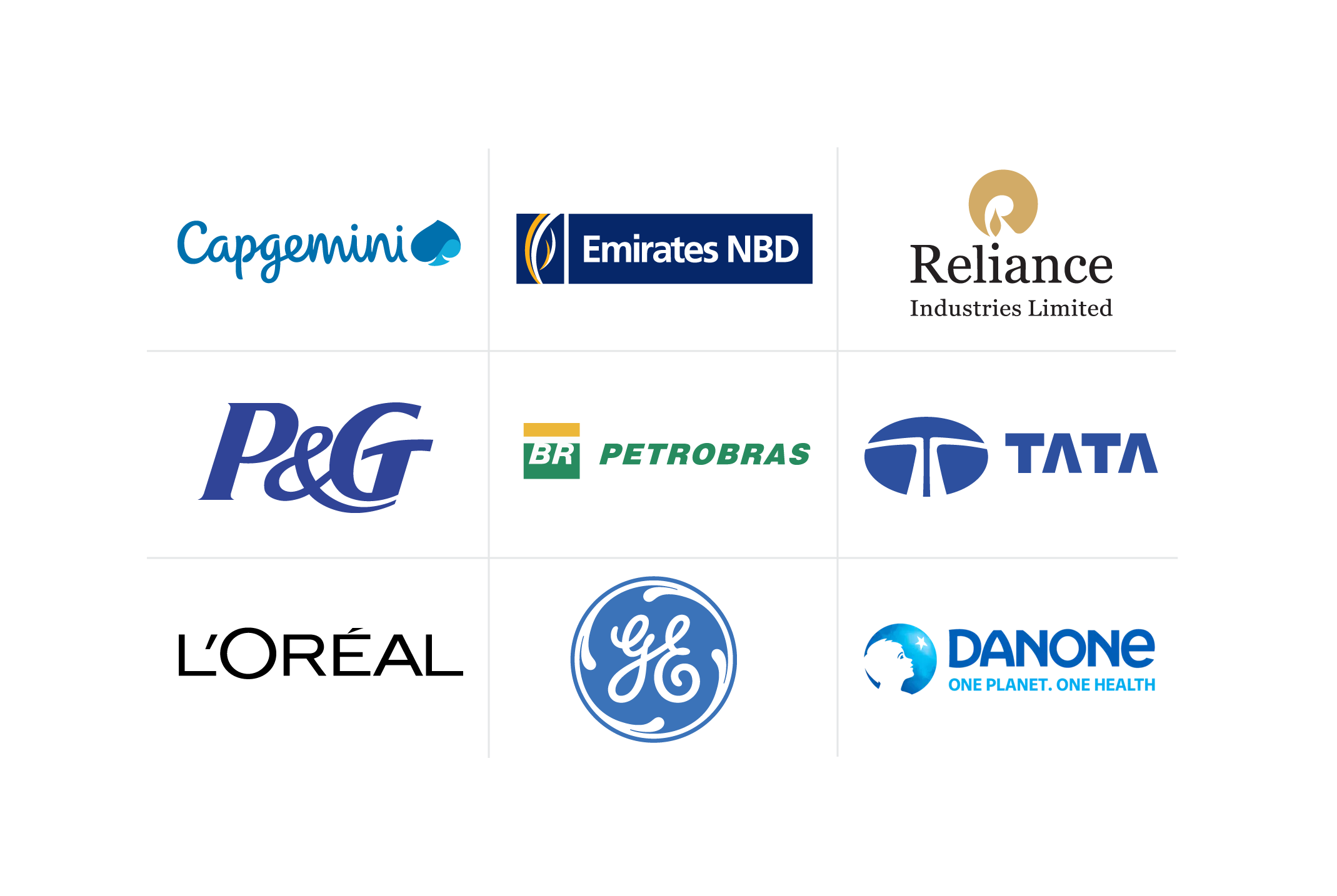How HR Can Improve Organizational Performance
When looking for ways to improve your organization’s performance, start with human resources. Learn more about how HR can improve organizational performance and the benefits of a strong human resources department.
![[Featured Image] A human resources professional meets with colleagues to discuss how HR can improve organizational performance.](https://d3njjcbhbojbot.cloudfront.net/api/utilities/v1/imageproxy/https://images.ctfassets.net/2pudprfttvy6/1JhitLuEDTeg7xXkbnKqsq/9786b7ebccc827f96d437efbd274e21e/GettyImages-1481023115.jpg?w=1500&h=680&q=60&fit=fill&f=faces&fm=jpg&fl=progressive&auto=format%2Ccompress&dpr=1&w=1000)
The introduction of remote work, automation technology, and a shift to more global reach and demographics have all meant that work culture as we know it has changed drastically. The traditional organizational model no longer serves its purpose. Businesses must look for ways to become more flexible and responsive if they hope to increase performance and meet evolving demands, and human resources is a crucial facet of achieving those goals.
Explore how HR can improve organizational performance, what human resources is, and the benefits of a strong human resources department.
Understanding how human resources supports performance improvement
For decades, employers have considered their employees as costs, not assets. It wasn’t until recently that business leaders began to see that investing in their employees and developing their skills and talents is an effective way to grow their businesses and increase performance. As this shift into an employee-centered growth strategy occurred, human resources professionals stepped into increasingly influential roles.
What is human resources?
This department within an organization handles various employee-focused activities, including recruiting and hiring, onboarding and training, and ongoing employee management. Human resources creates policies to support the interests of both employers and employees and link workers with leadership.
How has HR evolved from a support role to a true partner
Traditionally, human resources departments played the role of a support system for more dynamic departments. Executives widely considered HR an administrative hub, where hiring and transactions like payroll occurred, but didn’t consider how HR might contribute more strategically to other business processes and goals. It all changed as more evidence mounted that the key to organizational success is employee performance, and it all begins with HR’s role in seeking out, hiring, and retaining top talent.
Aligning HR objectives with organizational goals
Human resources objectives and strategies are most effective when aligned with organizational goals because the recruited and retained employees have the skills and expertise necessary to meet expectations and grow the business innovatively. It’s vital for leadership to work with human resources professionals to examine HR processes and ensure they align with organizational goals. This way, it’s easy to see how HR strategies support a strategic plan and match up with important goals, which helps save money and time.
Key HR strategies for improving organizational performance
Human resources strategies are wide-ranging, so it’s essential to examine the various offerings and identify which ones would maximize the impact on your unique business needs and performance goals. Choosing the right strategies helps keep current employees happy, which, in turn, encourages new talent to seek out roles within the company, too.
Talent acquisition and recruitment strategies
A diverse, highly skilled workforce is critical for business growth and success. Motivated employees are more productive, make clients happier, and position your business competitively. Some talent acquisition recruitment strategies include:
Make sure the skills you’re looking for in new employees match up with business goals
Create an engaging careers website page demonstrating the value of working there
Get creative with your outreach and use a variety of job boards and talent pools
Meet or exceed standards for pay and employee benefits
Offer remote or hybrid work options where possible
Use analytics to measure recruitment reach and employee referrals
Employee training and development programs
Employee training and development programs are critical for companies to appeal to top talent and inspire loyalty and engagement with existing employees. Human resources professionals play an essential role in identifying employees with leadership potential and providing them with the resources and training needed to advance in their careers. It’s also important to identify the areas where employees would benefit most from training and invest in those opportunities. This helps provide a sense of purpose for employees, which often translates to more productivity and satisfaction in their role.
Performance management and feedback systems
These systems use goals and rewards to motivate employees to meet certain goals or productivity benchmarks. A robust performance management and feedback system helps increase efficiency and performance in the workplace while celebrating employee success. Performance management involves evaluating employees’ performance on a more comprehensive scale, rather than a more traditional rating system, which provides opportunities to improve or correct work with long- or short-term goals.
Employee engagement and well-being initiatives
Employee engagement and well-being initiatives intertwine to create a positive workplace culture. When HR departments provide the tools for employees to engage with their work, such as the right resources and equipment, and clearly set expectations, then those employees feel invested and more motivated. Some examples of well-being initiatives include:
Ensuring that at least one HR staff member is Mental Health First Aid certified
Creating flexible time programs that allow employees to take time away from their desks
Walking meetings to support focus and physical movement
Providing guidelines outlining meal and break times

Overcoming HR challenges to optimize organizational performance
The dynamic nature of the modern workplace means that human resources professionals face challenges that present as obstacles to optimizing the performance of the entire company. Awareness of these challenges and how best to address them is the first step to overcoming them.
Addressing talent management challenges
Talent management challenges often include skills gaps within a workforce, where employees don’t have the skill sets needed to meet their role’s evolving expectations. Continuous learning, robust internal advancement, and effective recruiting strategies all help mitigate talent management challenges. HR professionals play a crucial role in identifying pain points for talent and recommending strategies to help retain and develop valuable staff.
Navigating employee relations and conflict resolution
Employee conflicts negatively impact company morale and productivity, as friction between staff tends to erode trust and damage a positive work environment. Some effective conflict resolution strategies include encouraging open communication, listening to both sides of the issue, and stepping in when necessary.
Measuring and analyzing HR contributions to organizational performance
Measuring and analyzing human resources contributions to organizational performance matters because it helps both HR and business leadership track how effective the strategies are at achieving their goals. Data-driven decisions help to provide more value to employees and the businesses investing in them.
Utilizing HR metrics and analytics
Choosing the right metrics and analytics helps create a transparent audit system that provides insight into how well your HR strategy works. Use KPIs and other actionable goals to outline what you hope to achieve with your HR strategy, then compare outcomes against those goals. Utilizing metrics keeps your strategies aligned with higher-level planning and maximizes effectiveness.
Conducting HR audits for continuous improvement
Human resources audits help evaluate how well a business’s HR policies are achieving stated goals. They help improve processes and increase overall value. It’s vital to prioritize making objective assessments about the success of HR strategies to ensure you optimize your processes for both budgets and time.
Getting started with Coursera
A robust HR strategy helps improve organizational performance by investing in employees and developing essential skills for advancement. With Coursera for Business, you can train teams across your organization in the skills that matter most in today’s digital economy. Your employees will gain access to content from 350+ leading universities and industry partners, where they can build real-world experience with innovative skills, tools, and technologies while earning globally recognized credentials. Our customizable, scalable learning solutions balance workplace and technical skills training in diverse formats, from video clips to guided projects and Professional Certificates. Accelerate your digital transformation and equip employees to drive growth with Coursera.
This content has been made available for informational purposes only. Learners are advised to conduct additional research to ensure that courses and other credentials pursued meet their personal, professional, and financial goals.

